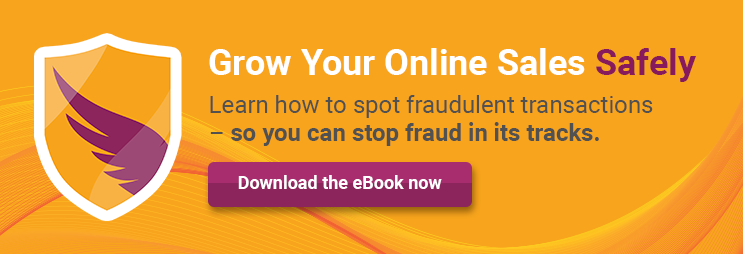About fraud challenges merchants are facing and a successful career
Q: You’ve been with ClearSale for eight years and now, in your early 30s, you’re the architect of the company’s US branch. What has helped you succeed in the fraud-prevention space so quickly?
A: “I’ve made my career by solving problems, in a way that’s very people-centric. In college, I studied statistics, which can apply to many sciences and fields, and I worked with Junior Enterprise to solve business problems.
“In my work, my connection is mainly with the people involved and reaching for excellence. The year I got to ClearSale (2008) was the year we started offering Total Guaranteed Protection and the year ClearSale started rapid growth. When we started doing more hiring, I started tighter relationships with the universities, especially the one I attended. Every year we gave lectures and workshops in certain software programs and analysis techniques to step up our relationship with these students.”
Q. What was it like working with ClearSale during its transition from 27 employees to 700?
A. “I was part of all this growth and experiencing not only the good things but also the pains of growth. I was a rebel who never wanted structure and hierarchy, but when you keep growing, you understand that you have to establish processes and hierarchies that are needed. There must be some structure.”
Q. You’ve been in Miami for just over one year now. What’s that been like?
A: “It’s more like being in a startup environment again, with a small team of talented people. When we have a booth at a conference, I carry the booth items. Sarah (Zilenovski, marketing manager) and I pick up the phone and talk directly with new clients here, whereas in Brazil, we have more than 2,000 clients and there’s not a way I can interact directly with them all. We can be flexible in what we offer the clients here and combine that flexibility with strong knowledge.”
Q. What unique insights and experience does ClearSale bring to the US market?
A. “With EMV I know we’re going to be able to offer excellent results. [Brazil completed its EMV liability shift in 2011.] Our business model is new here, but I’ve been doing this for eight years in our home market. One of the challenges I’m enjoying is educating the market about why fully outsourcing fraud protection is the best way to deal with this problem. Companies might not realize they are losing money with [unnecessarily low] approval rates or with chargeback rates that are much higher than they could be.”
Q. What fraud-prevention challenges do you see ahead for US merchants?
A. “The biggest challenge I see for merchants is access to a huge amount of information and choosing among so different many options, technologies and tools to solve fraud problems. That’s why I like the outsourcing model. We’re thinking all the time about which information and data sources to use [for fraud prevention]. If you try to do this in-house, you may be relying on employees with less experience and who may be splitting their attention among many tasks. Fraud is so dynamic that small and medium e-commerce businesses can’t handle it properly by themselves.
“The US is facing right now what we and other countries faced after EMV. Fraudsters move online, and data breaches are not the cause but the consequence of fraudsters being more organized and smarter. I think you’re going to start seeing more problems with domestic transactions because most merchants are preoccupied with cross-border transactions. Account takeover fraud will be much more challenging because of data breaches, and when the fraudsters start realizing friendly fraud is a possibility you’re going to have a problem.”
Q. Do you have any advice to new merchants?
A. “Pay attention to how many transactions your clients are placing in your website with actual payment information and how many of them are turning into real orders, approved for shipping. You might be losing orders unnecessarily. We know that if a merchant declines a customer it’s unlikely that the customer will come back, especially if it’s a new customer. The merchant loses not only this transaction but also all the transactions from this customer in the future, and the declined customer may not say good things about your business to their friends. Choose your fraud prevention strategy in a way that makes your customer experience frictionless as you can.”
 ClearSale
ClearSale
